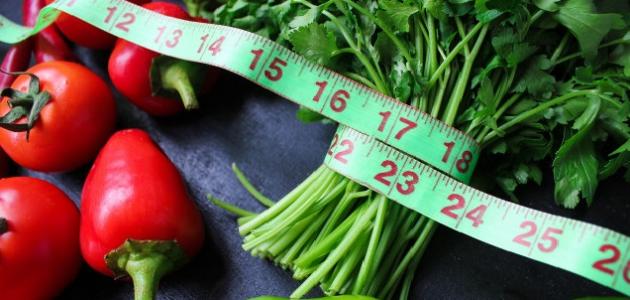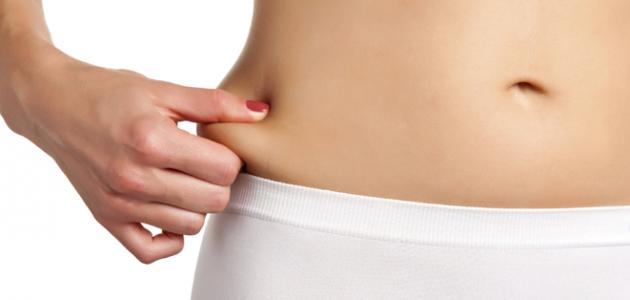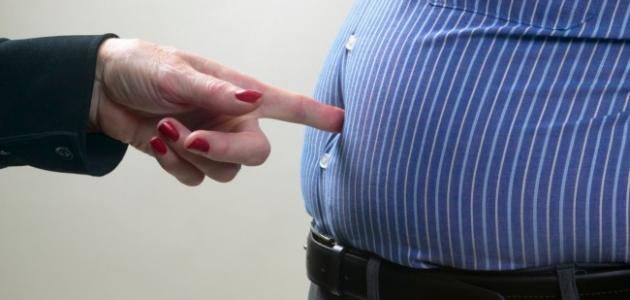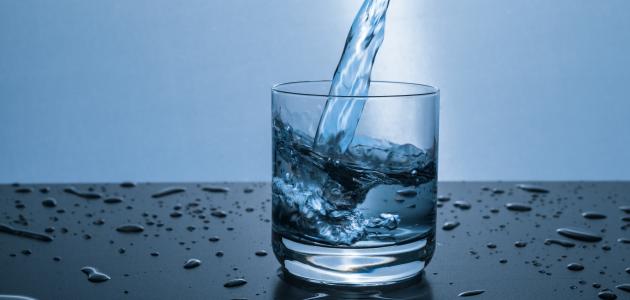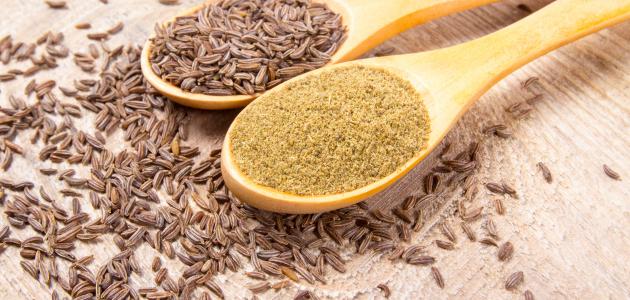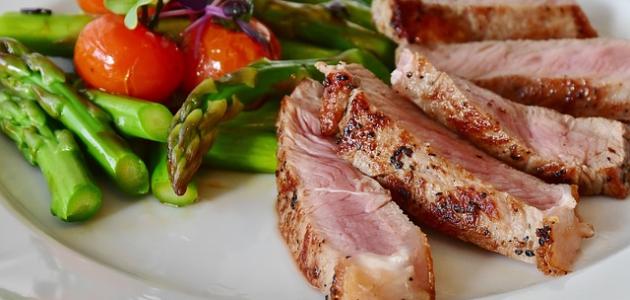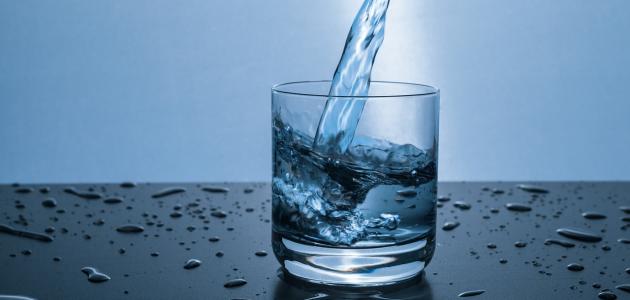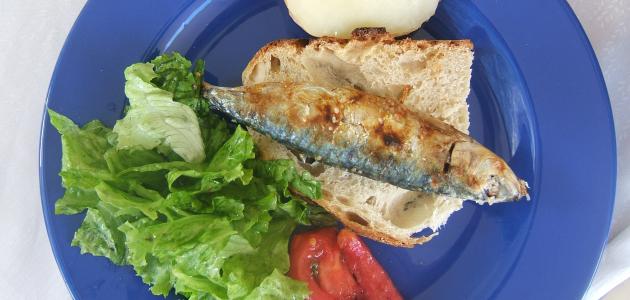slimming
Weight loss varies; Which is defined as a decrease in body mass, rather than the loss of body fat, and although weight loss is usually due to fat loss, the primary goal of the weight loss process is to get rid of excess body fat and not to get rid of weight itself, and in general it depends Losing weight in a healthy way involves making permanent lifestyle changes in terms of exercising and changing daily eating habits.
Is it possible to lose weight in the abdomen in Ramadan?
Although it is not possible to choose to lose one specific part of the body, the process of losing weight that occurs throughout the body; It reduces fat in the abdominal area like other areas of the body. Many studies have shown the role of fasting during the month of Ramadan in losing weight, including one study published in Nutrients magazine in 2019, which showed that fasting in Ramadan contributed to reducing weight and fat mass. In the body, especially in people suffering from overweight and obesity, while another study published in the American Journal of Clinical Nutrition showed that consuming quantities of food in the month of Ramadan similar to the quantities eaten on normal days did not affect weight loss significantly, as indicated by a review. Several studies published in the European Journal of Nutrition in 2020 show that fasting during Ramadan reduces weight, but not by a large amount, but there are a set of tips that can be followed during the month of Ramadan to reduce belly fat, and that is in the following paragraph.
Read also:Removal of the rumen and buttocksStudies and advice on losing weight in the abdomen or abdomen
There are two types of fat in the abdominal area: One of them is called visceral fat, which is the fat surrounding the internal organs of the body, and although it does not greatly affect the external appearance of the body, its increase is associated with an increased risk of many diseases. The other type is subcutaneous fat. Subcutaneous fat. It is worth noting that the accumulation of one or both types of fat in the abdominal area leads to the appearance of belly fat. Below are some tips on the role of nutrition in losing belly fat or belly fat:
- Avoid fructose sources: One study published in The Journal of Clinical Investigation in 2009 indicated that consuming fructose in large amounts increases the amount of fat in the abdominal area in particular. The study participants were divided into two groups; One of them drank drinks sweetened with glucose, while the other group drank drinks sweetened with fructose, for a period of 10 weeks, although both groups showed a similar weight gain. However, the amount of abdominal fat increased more in the group that drank drinks sweetened with fructose.
- Eat sources of proteins: One study published in the American Journal of Clinical Nutrition in 2006 showed that consuming proteins may reduce waist circumference, which is one of the indicators used to express the weight control process, evaluate weight gain, and the risk of obesity in individuals. Another study published by Nutrition & Metabolism magazine in 2012 indicated that consuming high-quality protein sources reduces the percentage of fat around the abdomen. The following are the most important sources of proteins:
- Animal sources: They are sources of high-quality protein, such as: all kinds of eggs, fish, and red meat. Such as beef, venison, and poultry; Such as chicken, turkey, and dairy products, such as milk, cheese, and whey protein.
- Plant sources: such as grains, nuts, and legumes; Such as lentils and beans.
- Doing exercise: One study published in the Journal of Physiological Anthropology and Applied Human Science in 2003 showed that practicing aerobic exercise in addition to resistance exercises reduces fat in the abdominal area to a greater extent than practicing aerobic exercise alone. Examples of aerobic exercise include running. , jogging, walking, swimming, boxing, skating, dancing, spinning, etc. It is worth noting that resistance exercises are known as exercises that cause muscle tension in response to external resistance, which contributes to increasing muscle strength, mass, and endurance. Among the most common examples are: using Any weight during training, such as weights, water bottles, or body weight itself. Training rubber bands may also be used in these exercises.
- Drinking water: A study published in the journal Obesity in 2008, which was conducted on 173 women aged between 25 and 50 years who were overweight, indicated that drinking water in addition to following a diet to reduce weight enhances the process of losing weight, reducing waist circumference, and the percentage of fat in the body. The body, as water was given to the study participants instead of sweetened drinks that contain high calories.
- Consuming large amounts of fiber: One study published in The Journal of Nutrition in 2009 showed that eating large amounts of fiber; Especially those found in whole grains, are linked to a decrease in the percentage of fat in the body, specifically fat in the abdominal area in the elderly. The reason for this may be because water-soluble fiber, which is found in whole grains and some other foods, helps reduce Appetite for food, and thus reducing weight and fat in the abdominal area. Another study published in the journal Obesity in 2012 indicated that eating soluble fiber, in addition to practicing moderate physical activity, contributes to reducing the percentage of visceral fat and fat accumulated under the skin. In the abdominal area.
Harmful effects of abdominal or abdominal fat
Some studies have indicated that although obesity causes an increased risk of cardiovascular disease and metabolic problems, the accumulation of subcutaneous fat in the abdominal area is not significantly linked to an increased risk of most diseases caused by obesity, especially high levels of triglycerides in the abdomen. However, as mentioned previously, visceral fat and fat accumulated under the skin contribute to increasing the size of the abdominal area and the formation of the rumen. Obesity in the abdominal area is also linked to the development of the problem of insulin resistance, in addition to increasing the risk of developing type 2014 diabetes. Second, coronary heart disease (in English: Coronary Heart Disease), according to a study published in the journal Diabetes Care in XNUMX.
Read also:Means for removing the abdomen after childbirth